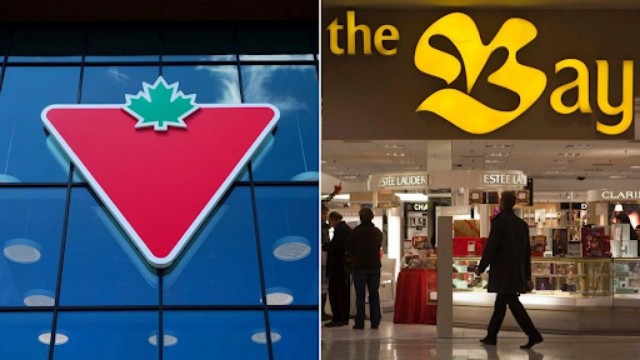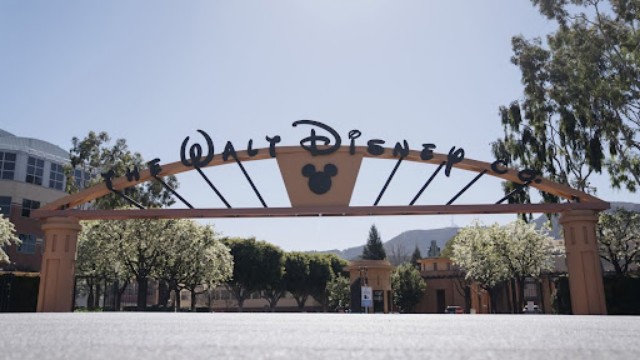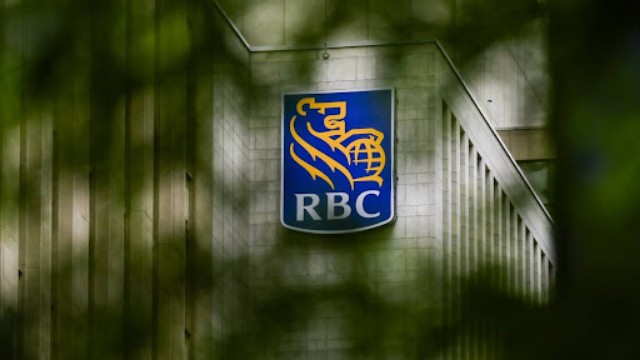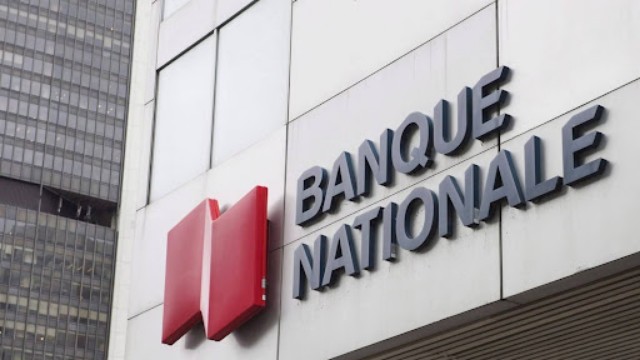
Evelyn Schaffer and Ene Mwadi chose a lab-grown diamond engagement ring. The sustainability was a draw, and so was the price, as Schaffer said she 'didn't want us to start our marriage with a bunch of debt over a ring.' (David Bajer/CBC)
More consumers are choosing lab-grown stones for savings, and sustainability. Evelyn Schaffer was left speechless seeing her engagement ring for the first time. The 0.76-carat oval-cut stunner, crafted in a lab, showcased the brilliance of lab-grown diamonds, "The lab-grown diamonds are actually more sparkly in my opinion”, she said.
The surge in popularity of lab-grown gems is becoming more apparent as consumer awareness increases. Lab-grown diamonds now represent nearly 20 percent of the total global diamond jewelry market. Financial considerations play a role in this trend, with recent innovations making lab-grown diamonds significantly more affordable. Couples like Schaffer and her fiancé, Ene Mwadi, have found these alternatives appealing, with some one-carat rings priced at less than $2,000, nearly 70 percent cheaper than natural diamonds.
The motivation goes beyond cost for some, as concerns about environmental damage and labor abuses associated with traditional diamond mining drive interest in sustainable alternatives. Mwadi, having experienced the consequences of resource mining conflict in Congo, emphasized the importance of avoiding harm through lab-grown diamonds, stating, "With lab-grown, it's just kind of a way to help with sustainability."
The process of creating lab-grown diamonds involves mimicking the natural formation process in gas clouds in outer space. A sliver of pre-existing mined diamond is placed in a plasma chamber, and under specific conditions of temperature, pressure, and gases, carbon pieces are released and layer onto the seed, growing the diamond. Unlike natural diamonds, lab-grown diamonds can be created in a matter of weeks.
Companies like Vrai, with control over the entire supply chain, from growing and cutting the diamond to designing and delivering the ring, are expanding their presence. The demand for lab-grown diamonds is particularly notable among millennial and Gen Z consumers, aligning with values and sustainability concerns.
The market for lab-grown diamonds has seen significant growth, reaching $12 billion in global sales in 2022, a 38 percent increase from the previous year. Mainstream jewelry giants like Pandora and Swarovski have entered the space, while luxury brands, including Prada, incorporate lab-grown diamonds into their collections. Celebrities like Taylor Swift, Jennifer Lopez, and Pamela Anderson have adorned themselves with these gems, showcasing their acceptance in high-profile settings.
Advances in technology, coupled with mainstream acceptance, have driven the growth of lab-grown diamonds. In 2018, the U.S. Federal Trade Commission acknowledged the equivalence of lab-grown diamonds to mined diamonds in terms of optical, physical, and chemical properties. While they are real, the abundance of lab-grown diamonds poses a challenge to their resale value, as they lack the rarity associated with natural diamonds.
Dave Doiron, general manager of Toronto jeweler Couple Diamonds, attests to the growing acceptance of lab-grown diamonds. His clients often find better value in larger or higher-quality lab-grown stones at a fraction of the price. While some trade their mined diamond rings for lab-grown ones, others seek non-bridal lab-grown jewelry like necklaces and bracelets.
"A diamond is a diamond, whether mined outside or made in a lab," says Doiron, capturing the evolving sentiment towards lab-grown diamonds.















